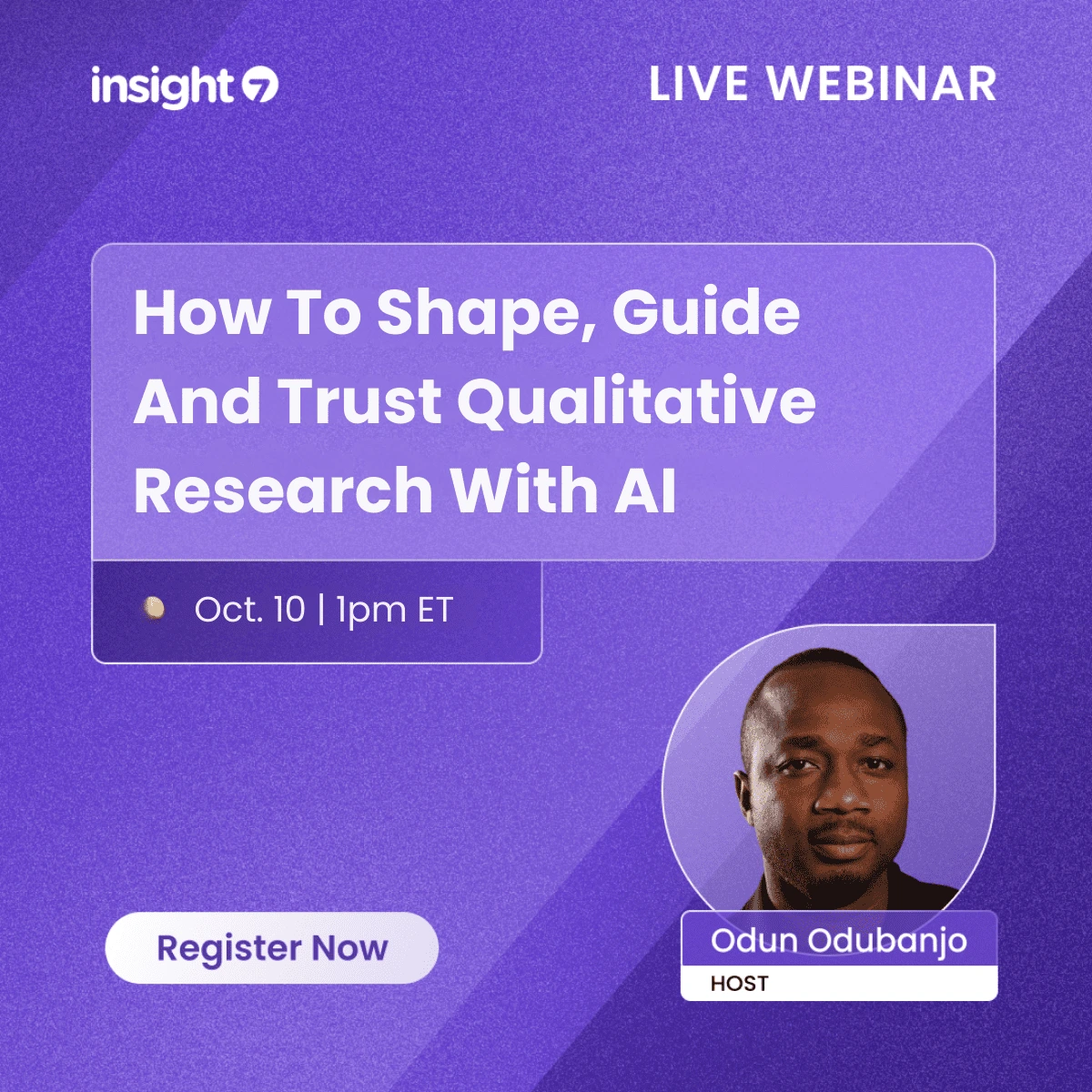How Speech Analytics Call Center Software Detects Early Signs of Churn
-
Bella Williams
- 10 min read
Understanding customer churn is vital for businesses aiming to maintain loyalty and maximize revenue. This article explores how speech analytics call center software can identify early signs of customer churn, a critical issue in today’s competitive landscape. By leveraging advanced analytics, organizations can transform their approach to customer retention and improve overall service quality.
Current Market Urgency for Detecting Churn
Customer churn is a growing concern for businesses as it directly impacts profitability and growth. Effective detection of churn signals can lead to timely interventions that enhance customer satisfaction and loyalty. Traditional methods often rely on reactive measures, such as customer surveys or post-churn analysis, which can be too late to make a difference. These methods lack the proactive capabilities that speech analytics offers.
The rise of AI and machine learning has enabled more sophisticated analysis of customer interactions. Increasing customer expectations and competition necessitate a more proactive approach to retention, making the urgency for effective churn detection more pronounced than ever.
What Is Speech Analytics in Simple Terms?
Speech analytics is a technology that analyzes recorded calls to extract valuable insights regarding customer sentiment, behavior, and potential churn indicators. Unlike manual analysis, which is time-consuming and subjective, speech analytics automates the process, providing real-time insights and allowing for the analysis of large volumes of interactions. Organizations can now identify trends, gauge customer sentiment, and predict churn with unprecedented accuracy, leading to timely and informed decision-making.
What Can Organizations Actually Do With Speech Analytics?
- Sentiment Analysis → Identify negative trends in customer interactions before they escalate into churn.
- Keyword Tracking → Pinpoint common phrases or topics that correlate with dissatisfaction.
- Predictive Modeling → Use historical data to forecast potential churn risks and target at-risk customers with tailored interventions.
- Agent Performance Feedback → Enhance training programs based on insights from customer interactions.
Corporate Investment Trends in Speech Analytics
Increasing competition, the need for better customer experiences, and the drive for operational efficiency are key factors pushing the adoption of speech analytics. This technology directly addresses pain points such as missed follow-ups, lost deals, and poor training by alerting teams to at-risk customers and improving training through performance insights. Organizations can react faster to customer needs, personalize outreach strategies, and enhance forecasting accuracy regarding customer behavior.
What Data Makes Speech Analytics Work?
Essential input data for effective speech analytics includes call recordings, CRM interactions, customer feedback, and historical churn data. Integrating diverse data sources allows for a comprehensive view of customer interactions, leading to more accurate insights and predictions. A robust data foundation ensures that analytics models are trained on high-quality, relevant data, which enhances the reliability of the insights generated.
Speech Analytics Operational Framework
- Data Collection: Gather raw data from call recordings and customer interactions.
- Data Processing: AI algorithms convert unstructured audio into structured data for analysis.
- Insight Generation: Identify patterns such as sentiment shifts, common objections, and conversion signals.
- Model Improvement: Continuously refine models based on historical data and outcomes.
- Real-time Insights Delivery: Provide actionable insights to agents and managers as calls occur.
- Feedback Loop: Track results and refine strategies based on outcomes and new data.
Where Can Speech Analytics Be Applied?
- Customer Retention Strategies: Use insights to proactively reach out to at-risk customers with tailored solutions.
- Training and Development: Enhance agent training programs based on real customer interactions and feedback.
- Quality Assurance: Monitor interactions for compliance and performance, ensuring a consistent customer experience.
Platform Selection and Tool Evaluation
When selecting a speech analytics platform, features such as accuracy in sentiment detection, seamless CRM integrations, multilingual capabilities, and user-friendly dashboards are crucial. AI-driven platforms provide real-time insights and can analyze 100% of interactions, while traditional methods often rely on limited sampling and manual reviews.
Example Comparison:
| Feature | AI-Driven Platform | Traditional Approach |
|---|---|---|
| Summaries | Automatic | Manual notes |
| Sentiment | AI detection | Subjective scoring |
| Forecasting | Predictive | None |
| Scale | 100% of calls | Limited sampling |
What Mistakes Do Companies Make With Speech Analytics?
Common pitfalls include poor data quality, lack of stakeholder alignment, over-reliance on automation, and weak integration into workflows. Inaccurate or incomplete data can lead to misleading insights, while neglecting the human element can result in missed nuances in customer interactions. Failing to integrate insights into daily operations can limit effectiveness.
Speech Analytics Implementation Roadmap
- Integrate with Existing Tools: Ensure compatibility with CRM and contact center systems.
- Sync Historical Data: Import past call data for baseline analysis and model training.
- Configure Dashboards: Set up role-specific dashboards for different teams.
- Train and Refine Models: Continuously improve analytics models based on new data.
- Roll Out Pilot Use Cases: Test insights on a smaller scale before full implementation.
- Expand and Optimize: Use feedback loops to enhance the system and processes continually.
What Does an Ideal Speech Analytics Setup Look Like?
To maximize ROI, regularly review and adjust models based on performance data, and ensure ongoing training for staff. Establish regular intervals for reviewing insights and adjusting strategies accordingly. Aim for a minimum of 6-12 months of historical data to build robust models. Strive for a blend where AI provides insights, but human agents apply their judgment in customer interactions.
Success Metrics and Performance Tracking
Key metrics to track include:
- Churn Rate Reduction: Measure the decrease in customer churn over time.
- Customer Satisfaction Scores: Track improvements in CSAT scores post-implementation.
- Agent Efficiency: Monitor metrics such as average handling time and first-call resolution rates.
- Forecast Accuracy: Assess how accurately predictions align with actual customer behavior.
The universal principle is that success comes not from “having analytics,” but from using insights to make better decisions and actions.
FAQs About Speech Analytics
What is it? → Speech analytics is a technology that analyzes customer calls to extract insights on sentiment and behavior.
How is it different from old methods? → Unlike traditional methods, speech analytics automates the analysis process and provides real-time insights from all interactions.
Can it integrate with my CRM? → Most modern speech analytics platforms offer seamless integration with popular CRM systems.
How much data is needed? → A minimum of 6-12 months of historical data is recommended for effective model training.
Is it compliant and secure? → Ensure the platform adheres to industry standards for data protection and compliance.
Final Takeaway
As customer expectations evolve, leveraging speech analytics will be crucial for maintaining competitive advantage and driving customer loyalty. By implementing advanced speech analytics, organizations can shift their focus from merely responding to churn to actively preventing it. Consider evaluating different speech analytics platforms and starting a pilot project to see the benefits firsthand.







